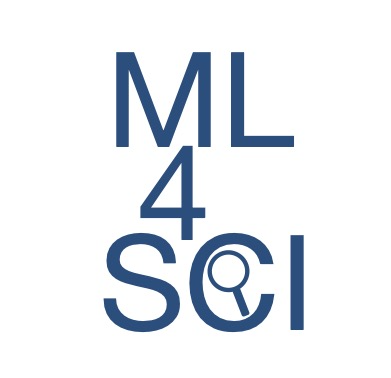 Google Summer of Code 2023
Google Summer of Code 2023
Introduction
In 2023 ML4SCI is participating in the program as a GSoC umbrella organization. The ML4SCI organization has partnered with the Google Summer of Code in 2023 to broaden student participation in machine learning projects over a wide variety of scientific fields. ML4SCI participants will be mentored by scientists at top research universities and laboratories on research projects at the cutting edge of science. Projects span a wide range of scientific domains, including physics, astronomy, planetary science, quantum information science and others.
For Students
In 2023 GSoC students work with their mentors for 175 hrs to produce open-source codes that apply machine learning solutions to solve science problems. Projects span three evaluation periods that allow for students and mentors to collaborate on their project and evaluate student progress. Detailed rules for the GSOC program can be found here. Interested students should look at the ideas page and contact the mentors. Candidates will be asked to complete an evaluation test for each project they apply to demonstrate the skills needed for the respective projects. In the next step, students will produce a proposal which will be evaluated for final student selection.
Proposals need to be submitted via GSoC portal by April 4
Please see the official GSoC Timeline
Projects in 2023
 |
CMS is a high-energy physics experiment at the Large Hadron Collider (LHC) at CERN. It is a general-purpose detector that is designed to observe any new physics phenomena that the LHC might reveal. CMS acts as a giant, high-speed camera, taking 3D “photographs” of particle collisions from all directions up to 40 million times each second. The CMS collects few tens of Peta-Bytes of data each year and processes them through Worldwide LHC Computing Grid infrastructure around the globe. |
List of proposals |
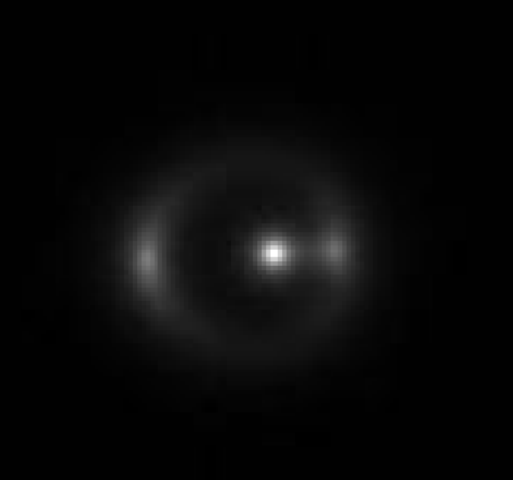 |
DeepLense is a deep learning pipeline for particle dark matter searches with strong gravitational lensing. |
List of proposals |
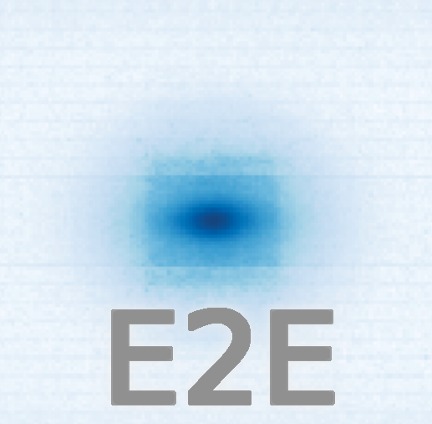 |
The End-to-End Deep Learning (E2E) project focuses on the development of particle and event reconstruction and identification tasks with end-to-end deep learning approaches. |
List of proposals |
 |
The purpose of EXXA is to use simulations and publicly available data from observations intended to identify exoplanets and physical processes in planet-forming environments. |
List of proposals |
 |
DeepFalcon is an ultra-fast non-parametric detector simulation package that automatically abstracts detector response, usually done by hand in fast-simulators used by particle physics experiments. |
List of proposals |
 |
FASEROH is an open source project researching seq2seq model that maps histograms to empirical symbolic representations. |
List of proposals |
 |
The GENIE project focuses on the application of novel machine learning techniques to anomaly detection and event generation in particle physics |
List of proposals |
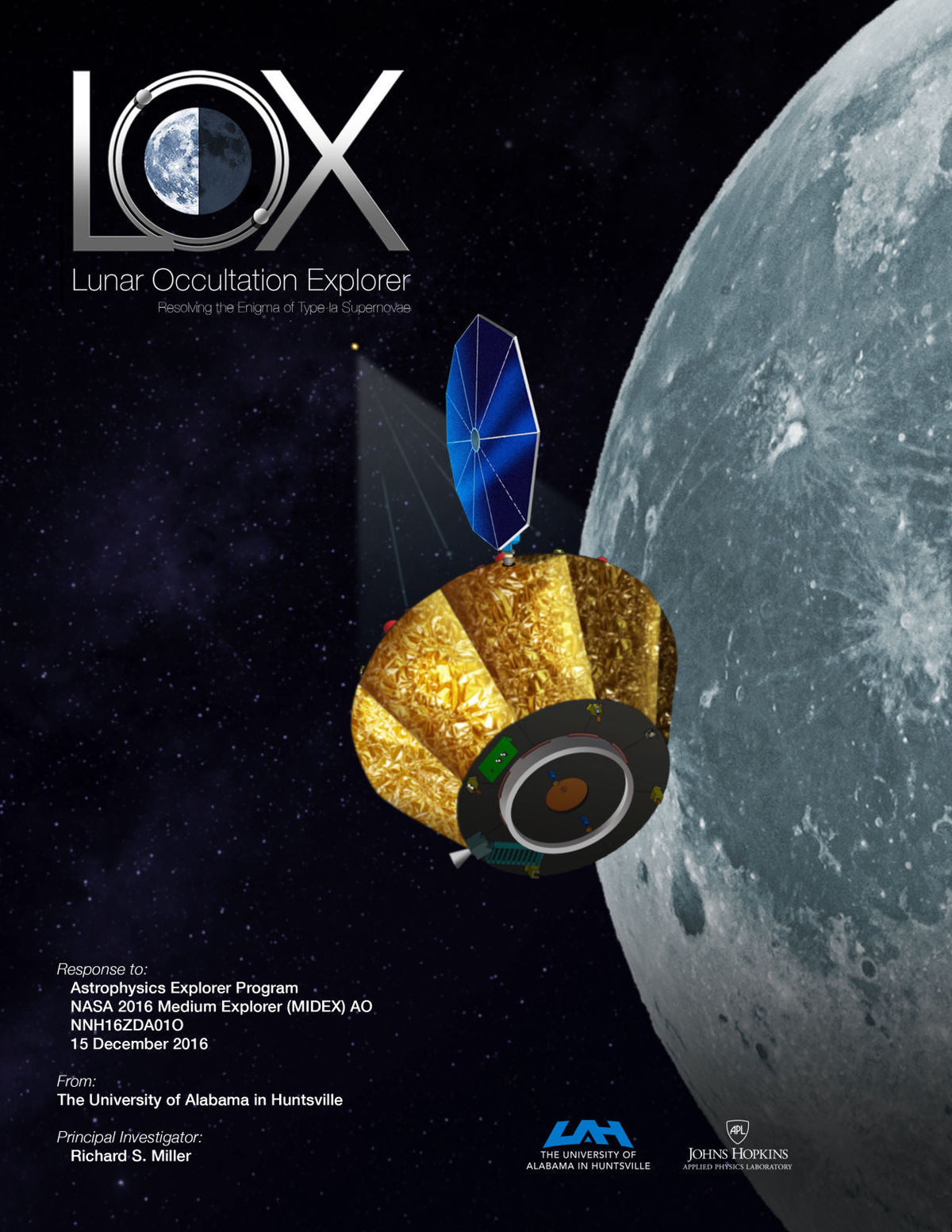 |
The Lunar Occultation Explorer (LOX) is a lunar-orbiting nuclear astrophysics mission that will probe the Cosmos at MeV energies. |
List of proposals |
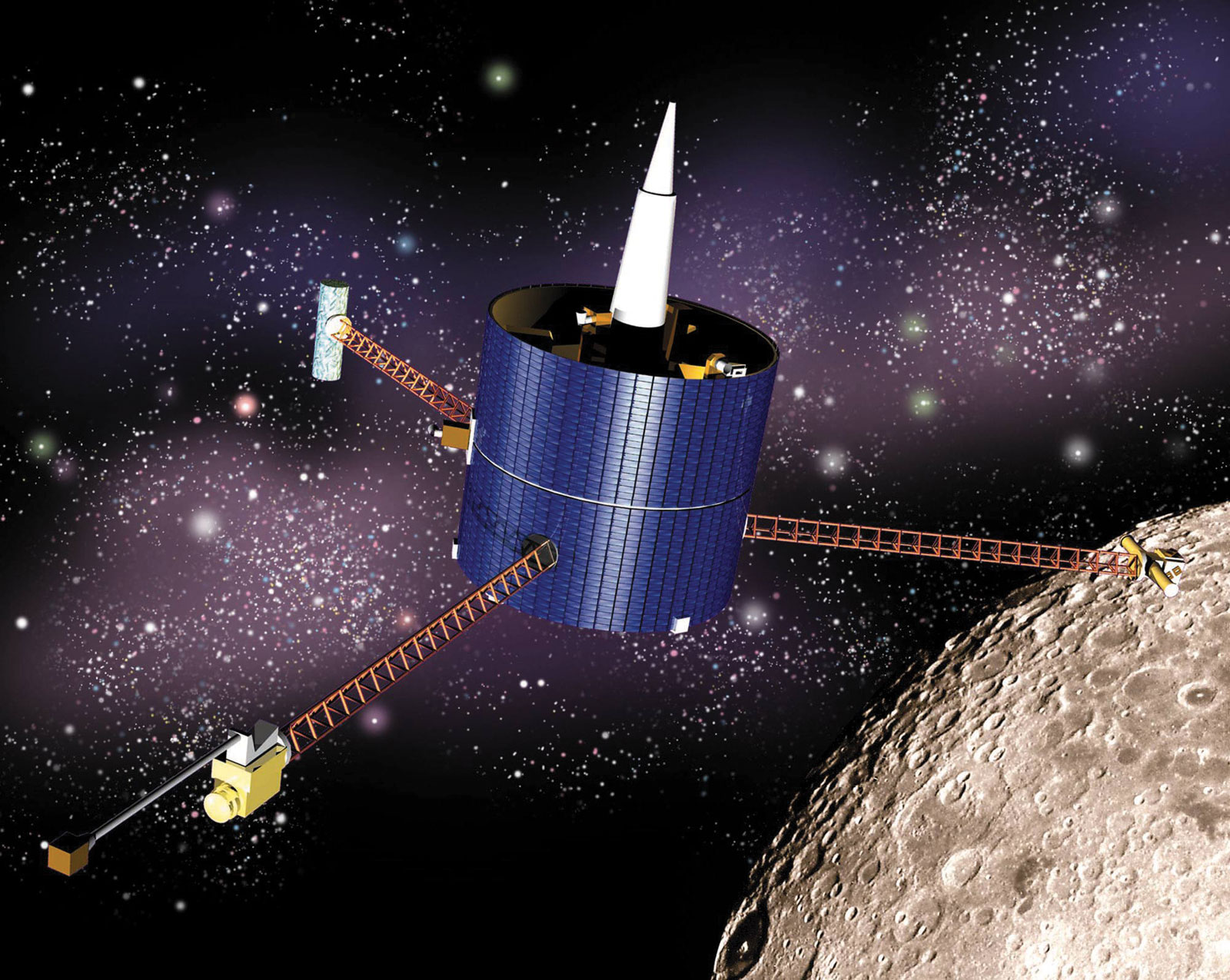 |
Lunar Prospector was the third mission selected by NASA for full development and construction as part of the Discovery Program. The 19-month mission was designed for a low polar orbit investigation of the Moon, including mapping of surface composition including polar ice deposits, measurements of magnetic and gravity fields, and study of lunar outgassing events. The mission ended July 31, 1999, when the orbiter was deliberately crashed into a crater near the lunar south pole, after the presence of water ice was successfully detected. |
List of proposals |
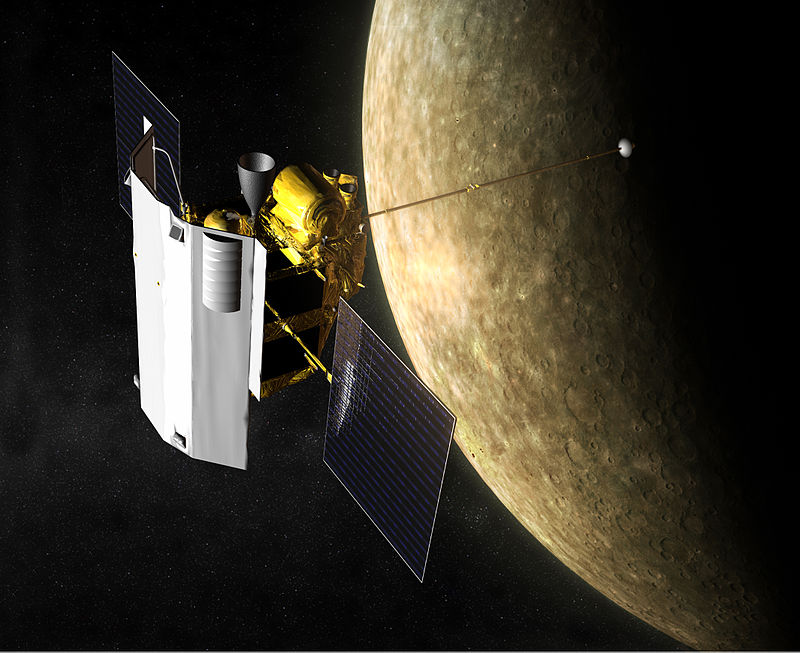 |
NASA’s MESSENGER spacecraft orbited Mercury for more than four years. Among its accomplishments, the mission determined Mercury’s surface composition, revealed its geological history, discovered details about its internal magnetic field, and verified its polar deposits are dominantly water-ice. The mission ended when MESSENGER slammed into Mercury’s surface. |
List of proposals |
 |
MLBender project is devoted to deep generative modeling for data driven background estimation for physics analysis. |
List of proposals |
 |
QMLHEP project implements Quantum Machine Learning methods for physics analysis. |
List of proposals |
 |
SYMBA is an open source project researching symbolic machine learning techniques to predict the squared amplitudes and cross section for high-energy physics. |
List of proposals |
Participating Organizations in 2023
 |
The University of Alabama is a public research university in Tuscaloosa, Alabama. Established in 1820, the University of Alabama is the oldest and largest of the public universities in Alabama as well as the flagship of the University of Alabama System |
List of proposals |
 |
The American University of Beirut (AUB) is a private, non-sectarian, and independent university chartered in New York with its campus in Beirut, Lebanon |
List of proposals |
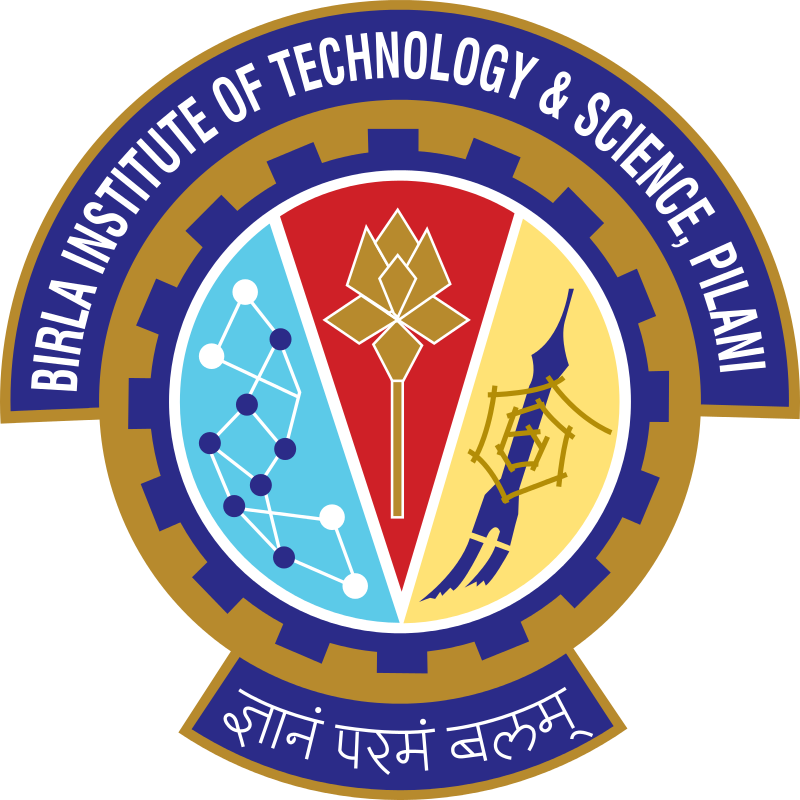 |
Birla Institute of Technology and Science, Pilani – Goa Campus is a private deemed university campus located in Goa, India. |
List of proposals |
 |
Birla Institute of Technology and Science, Pilani – Hyderabad Campus is a private deemed university campus located in Hyderabad, India. |
List of proposals |
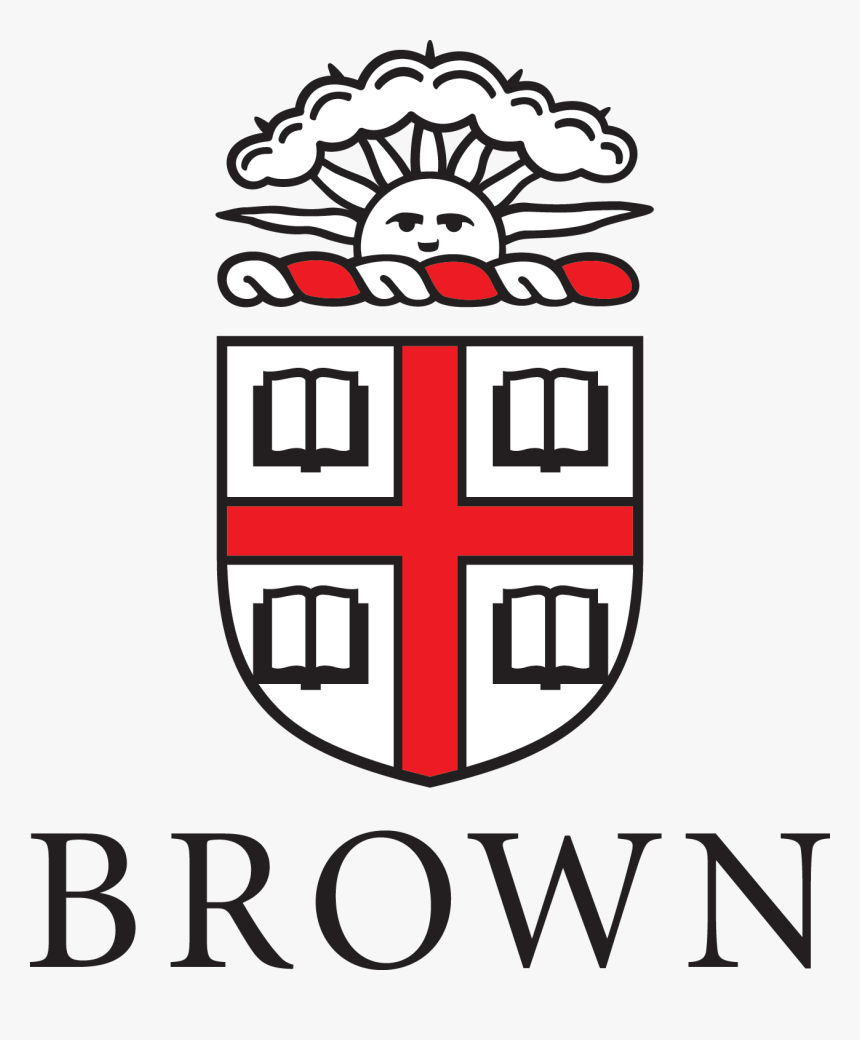 |
Brown University is a private Ivy League research university in Providence, Rhode Island, founded in 1764. |
List of proposals |
 |
At CERN, the European Organization for Nuclear Research, physicists and engineers are probing the fundamental structure of the universe. They use the world’s largest and most complex scientific instruments to study the basic constituents of matter – the fundamental particles. |
List of proposals |
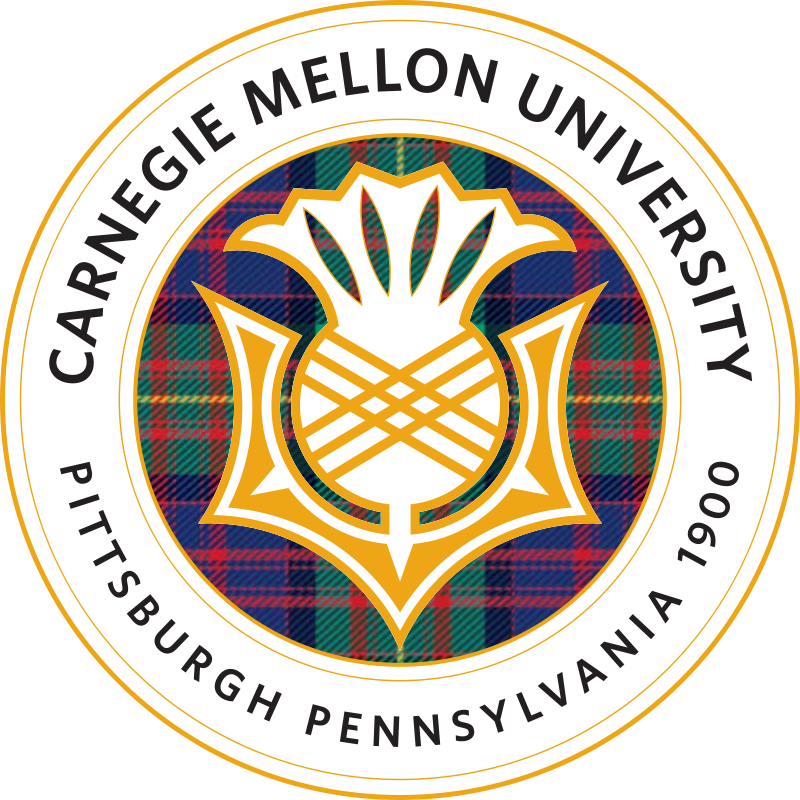 |
Carnegie Mellon University is a private research university based in Pittsburgh, Pennsylvania. |
List of proposals |
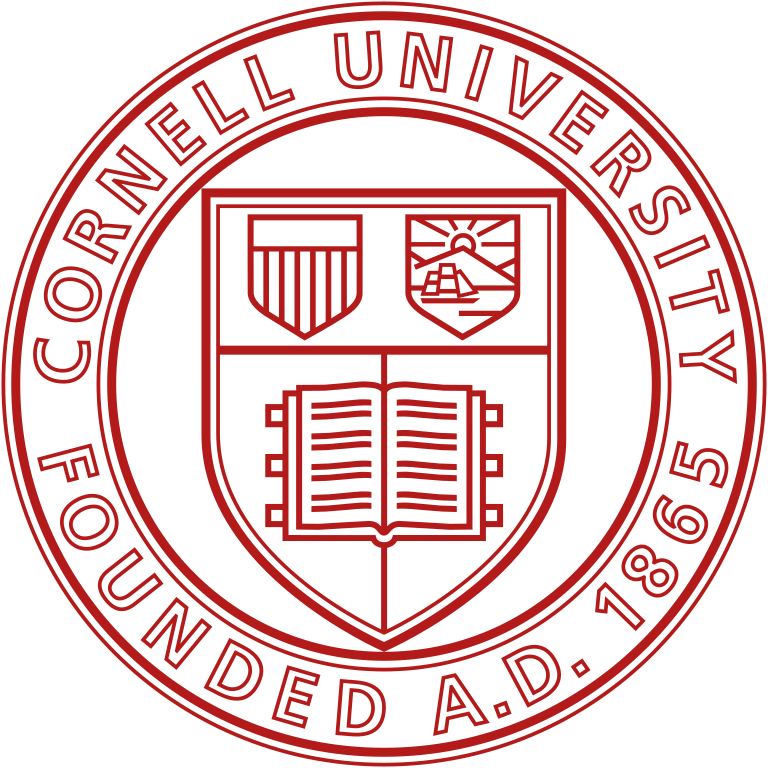 |
Cornell University is a private, statutory, Ivy League and land-grant research university in Ithaca, New York. |
List of proposals |
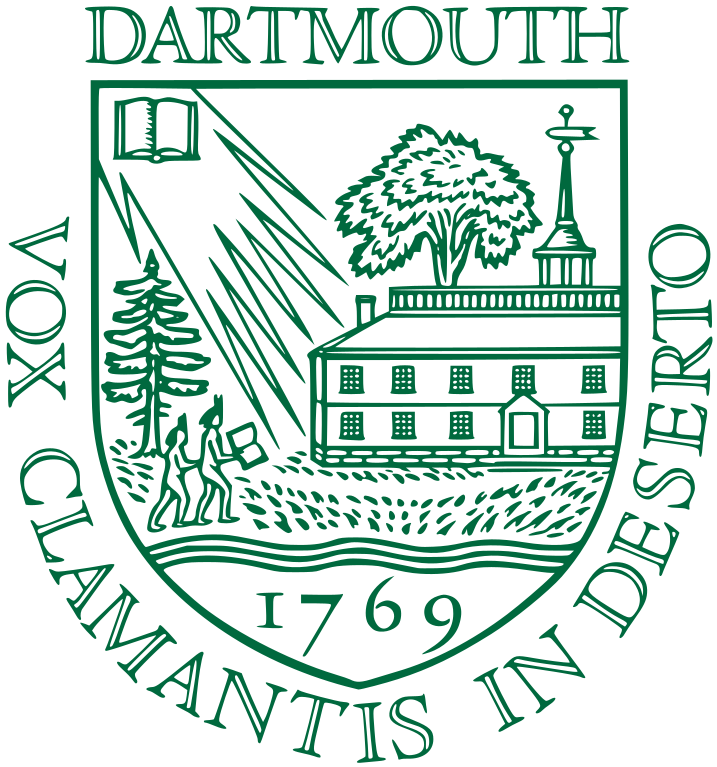 |
Dartmouth College is a private Ivy League research university in Hanover, New Hampshire, United States. |
List of proposals |
 |
Davidson College is a private liberal arts college in Davidson, North Carolina. |
List of proposals |
 |
The École polytechnique fédérale de Lausanne (EPFL) is a public research university located in Lausanne, Switzerland. It specializes in natural sciences and engineering. It is one of the two Swiss Federal Institutes of Technology, with three main missions: education, research and innovation. |
List of proposals |
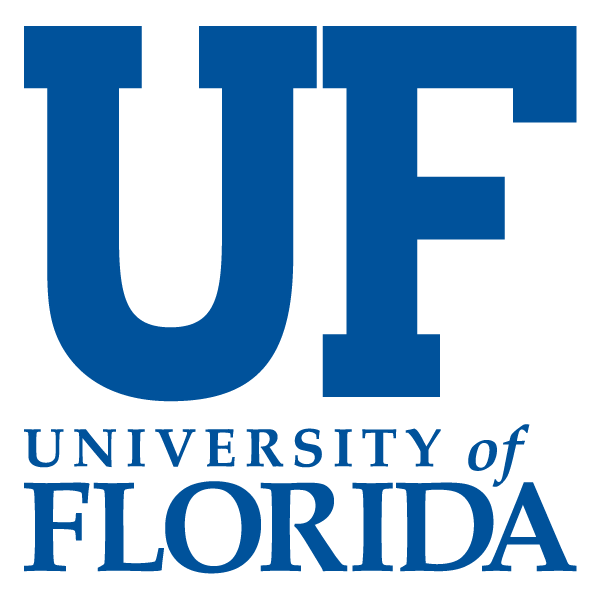 |
University of Florida is a public institution that was founded in 1853. |
List of proposals |
 |
Florida State University is a public institution that was founded in 1851. |
List of proposals |
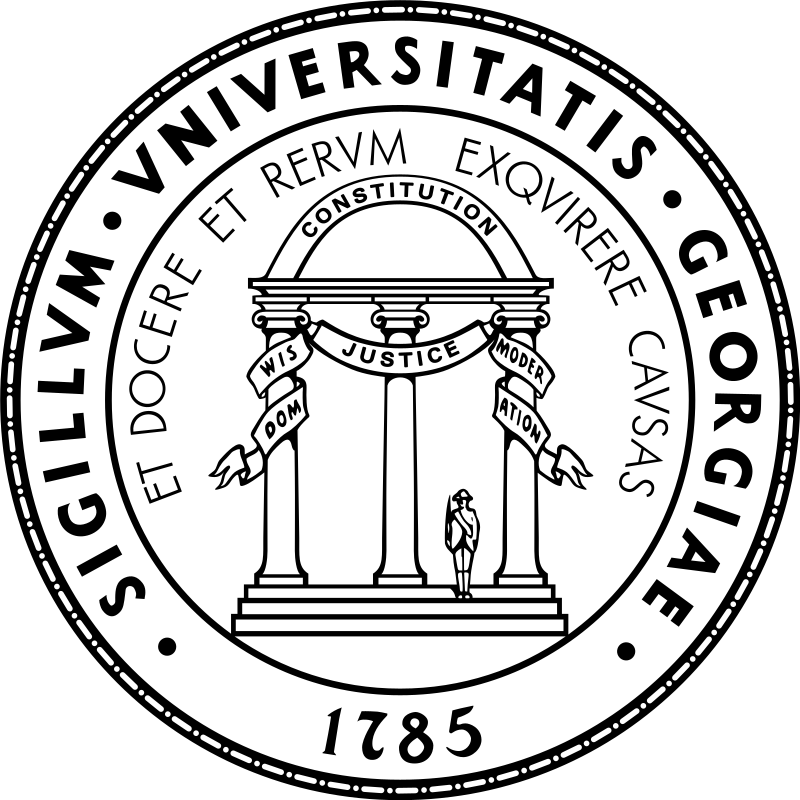 |
The University of Georgia (UGA or Georgia) is a public land-grant research university with its main campus in Athens, Georgia. |
List of proposals |
 |
The Goddard Space Flight Center (GSFC) is a major NASA space research laboratory located approximately 6.5 miles (10.5 km) northeast of Washington, D.C. in Greenbelt, Maryland, United States. |
List of proposals |
 |
The Johns Hopkins University Applied Physics Laboratory (APL) has provided critical contributions to critical challenges with systems engineering and integration, technology research and development, and analysis. |
List of proposals |
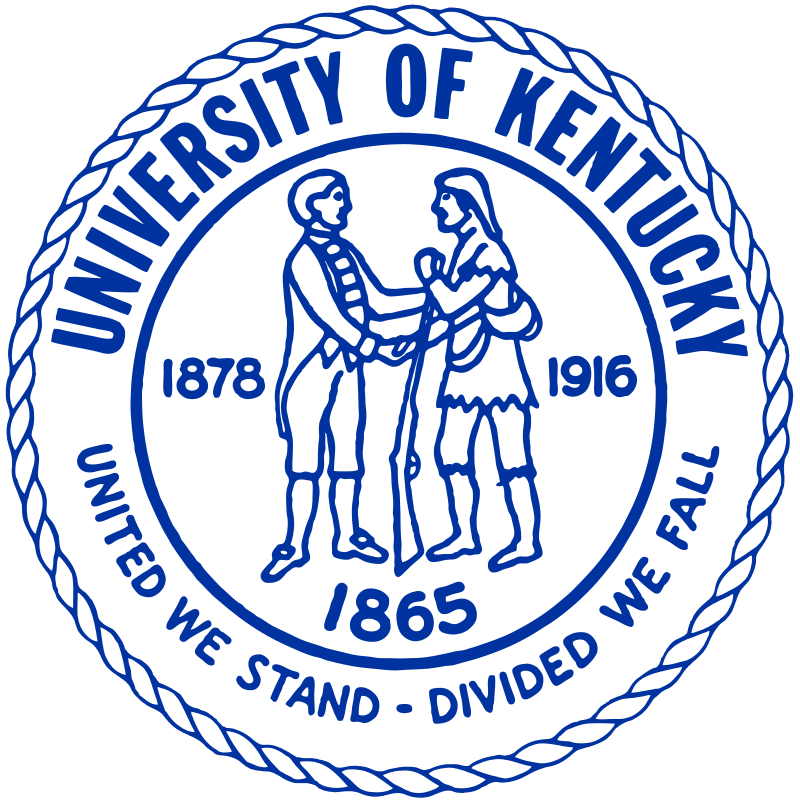 |
The University of Kentucky (UK or UKY) is a public land-grant research university in Lexington, Kentucky. |
List of proposals |
 |
Keck Graduate Institute (KGI) is a private graduate school in Claremont, California. |
List of proposals |
 |
Los Alamos National Laboratory (Los Alamos or LANL for short) is a United States Department of Energy national laboratory. |
List of proposals |
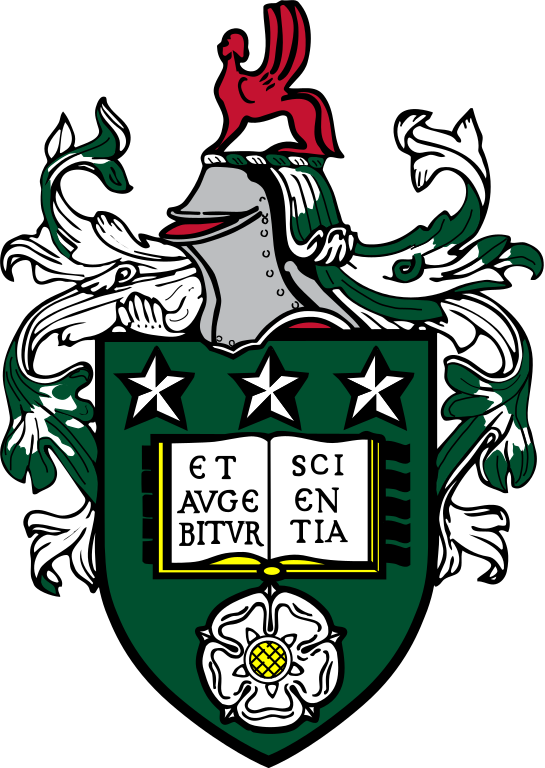 |
The University of Leeds is a public research university in Leeds, West Yorkshire, England. |
List of proposals |
 |
Middle East Technical University (commonly referred to as METU) is a public technical university located in Ankara, Turkey. |
List of proposals |
 |
New York University (NYU) is a private research university in New York City. Chartered in 1831 by the New York State Legislature, NYU was founded by a group of New Yorkers led by then Secretary of the Treasury Albert Gallatin. |
List of proposals |
 |
The National (Metsovian) Technical University of Athens, sometimes known as Athens Polytechnic, is among the oldest higher education institutions of Greece and the most prestigious among engineering schools. |
List of proposals |
 |
The Polytechnic Institute of Paris is a research university system located in Palaiseau, France. |
List of proposals |
 |
Princess Sumaya University for Technology (PSUT), established in 1991, is a specialized, Non-governmental, Non-profit, Jordanian university, owned by the leading applied research centre in Jordan, the Royal Scientific Society (RSS). |
List of proposals |
 |
RWTH Aachen University is a German public research university located in Aachen, North Rhine-Westphalia, Germany. |
List of proposals |
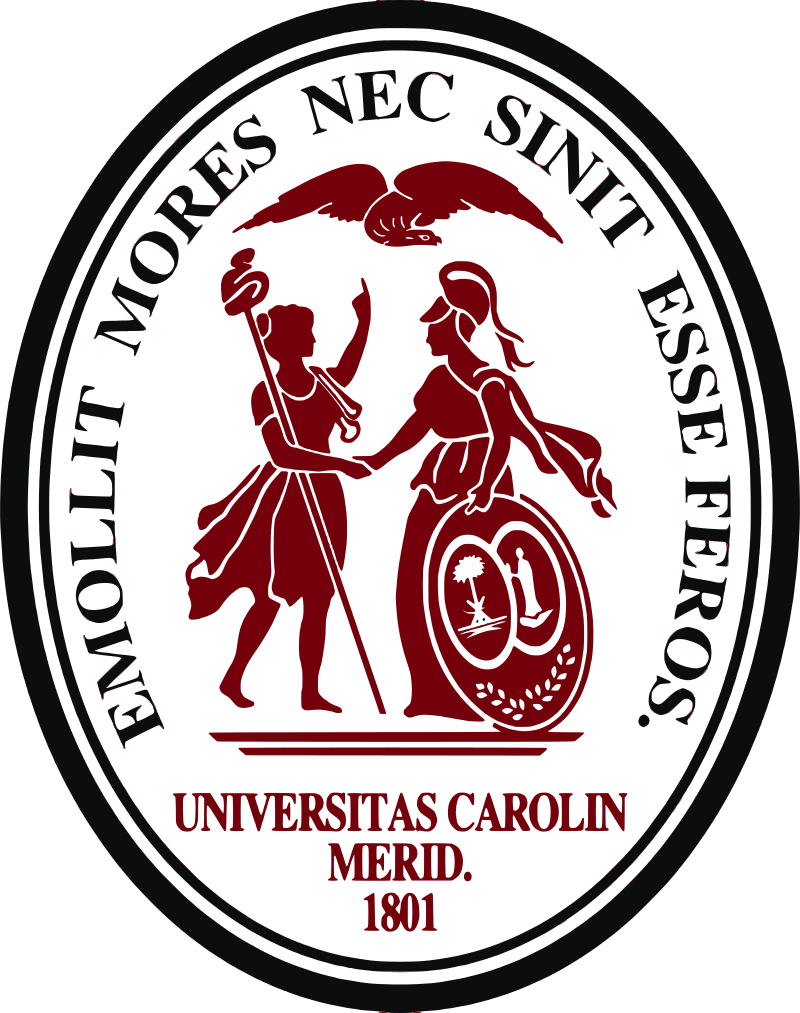 |
The University of South Carolina (USC, UofSC, SC, or simply Carolina) is a public research university in Columbia, South Carolina. |
List of proposals |
 |
The Technical University of Munich is a public research university in Munich, Germany. It specializes in engineering, technology, medicine, and applied and natural sciences. |
List of proposals |
 |
Vishwakarma Institute of Technology (VIT) is an autonomous institute in Pune, Maharashtra, India.[1] Established in 1983, the institute is affiliated with the Savitribai Phule Pune University and run by the Bansilal Ramnath Agarwal Charitable Trust. |
List of proposals |
 |
The University of Washington is a public research university in Seattle, Washington. |
List of proposals |
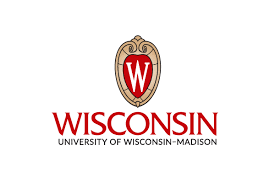 |
The University of Wisconsin-Madison is a public research university in Madison, Wisconsin. Since its founding in 1848, this campus has been a catalyst for the extraordinary. |
List of proposals |
Summary
Administrators
Prof. Sergei Gleyzer (University of Alabama)
Prof. Emanuele Usai (University of Alabama)
Dr. Patrick Peplowski (JHUAPL)
Contacts
ML4SCI GSoC Admins ml4-sci@cern.ch